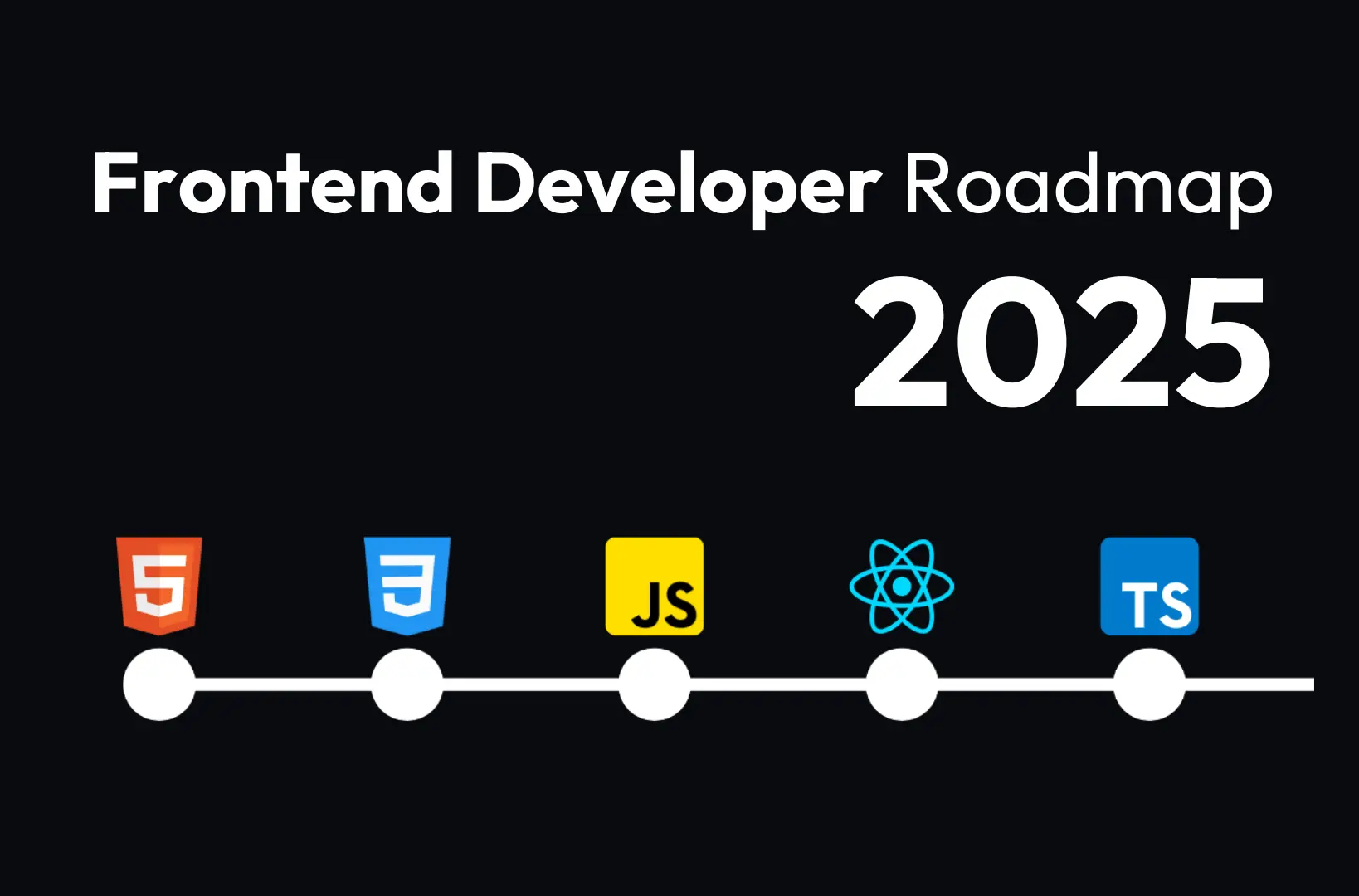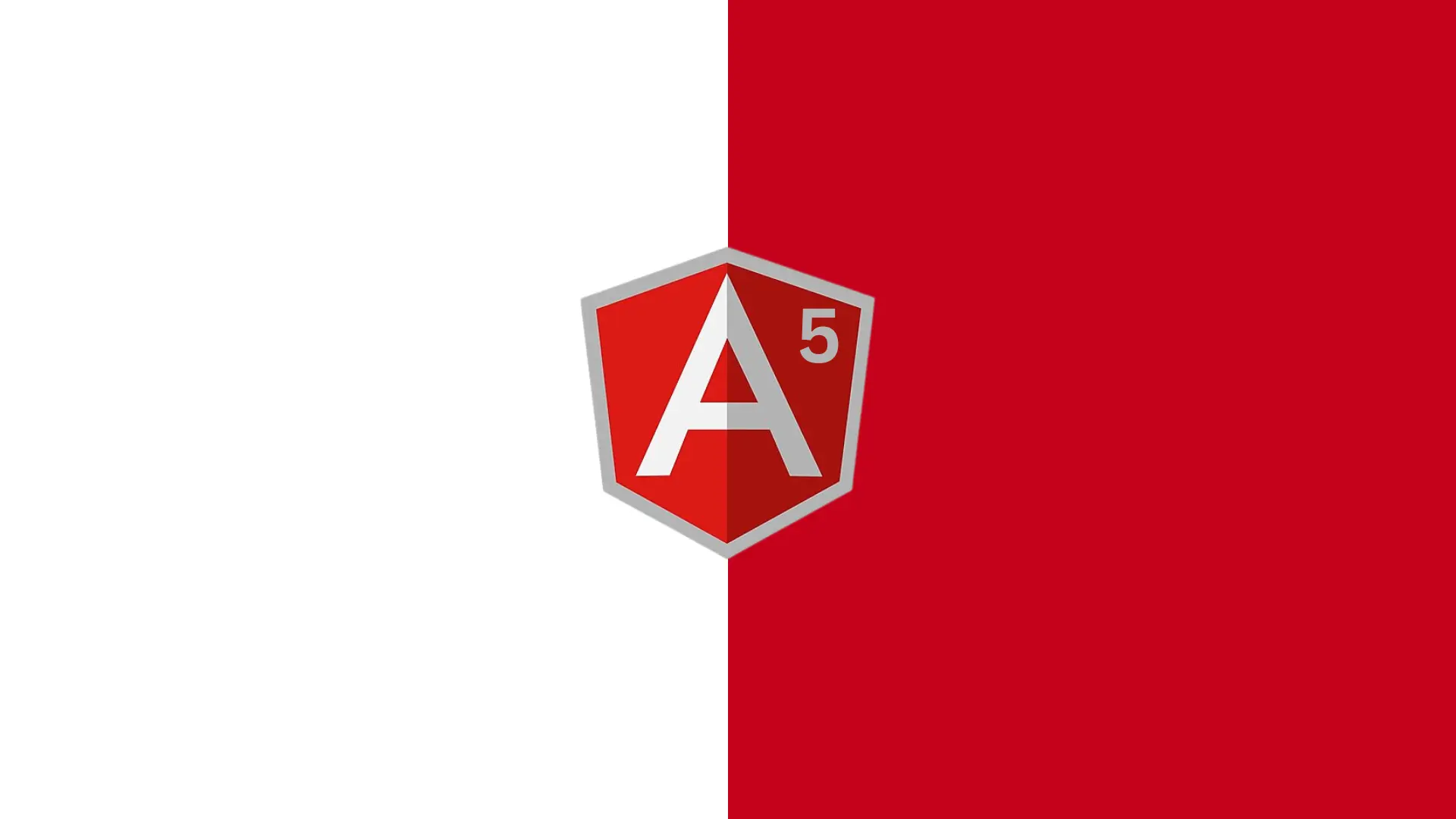The digital landscape is in constant motion, and frontend development sits at the forefront of this evolution. Web experiences are no longer static; they’re dynamic, interactive, and user-centric. This necessitates a new breed of frontend developer, one equipped with a diverse skillset and a keen understanding of emerging technologies. This comprehensive roadmap serves as your guide to navigating the exciting, yet challenging, world of frontend development in 2025 and beyond. We’ll delve into the foundational pillars, explore essential tools and frameworks, and highlight the crucial elements of user experience, from performance optimization to accessibility. Whether you’re a seasoned developer looking to refine your expertise or an aspiring frontend engineer charting your career path, this guide will provide valuable insights and practical advice to help you thrive in this dynamic and ever-changing field. Prepare to equip yourself with the knowledge and strategies needed to build cutting-edge web applications and shape the future of the web.
Understanding the Fundamentals: The Bedrock of Frontend Development
Before diving into the latest frameworks and trends, a solid foundation is paramount. These core technologies are the bedrock upon which everything else is built:
- HTML (HyperText Markup Language): The backbone of any web page. Focus on semantic HTML5 and accessibility best practices. Understanding how to structure content effectively is key. This includes knowing how to use elements appropriately for their intended purpose, creating accessible forms, and understanding the importance of proper document structure.
- CSS (Cascading Style Sheets): The styling engine of the web. Master CSS fundamentals, including selectors, properties, layout models (Flexbox and Grid), and responsive design principles. Explore preprocessors like Sass or Less to streamline your workflow and write more maintainable CSS. Understanding the cascade and specificity is crucial for effective styling.
- JavaScript (JS): The scripting language that brings web pages to life. Develop a strong understanding of core JavaScript concepts, including data types, operators, control flow, functions, DOM manipulation, and asynchronous programming. ES6+ features are essential knowledge, including arrow functions, destructuring, and the spread operator. A solid understanding of closures, scope, and the prototype chain is also vital.
Expanding Frontend Developer Skillset: Essential Tools and Technologies
With a strong foundation in place, you can explore the following essential tools and technologies:
- Version Control (Git): A crucial skill for any developer. Learn Git for managing code changes, collaborating with teams, and tracking project history. Understanding branching strategies, merging, and resolving conflicts is essential for effective collaboration.
- Package Managers (npm or yarn): These tools simplify the process of managing dependencies and libraries. Understanding how to use package managers is vital for modern frontend development. This includes understanding package.json, semantic versioning, and how to troubleshoot dependency issues.
- Build Tools (Webpack, Parcel, or Rollup): Build tools automate tasks like bundling, minification, and optimization of code. Familiarize yourself with at least one build tool to improve your development workflow. Understanding how to configure these tools for different environments (development, production) is important.
- Testing: Writing tests is crucial for ensuring code quality and preventing bugs. Explore different testing frameworks like Jest, Mocha, or Cypress for unit, integration, and end-to-end testing. Understanding different testing methodologies and writing effective tests is a valuable skill.
Choosing Your Framework: The Modern Frontend Landscape
Frontend frameworks have become increasingly popular for building complex and scalable applications. Here are some of the leading contenders:
- React: A JavaScript library for building user interfaces. React’s component-based architecture and virtual DOM make it a popular choice1 for building single-page applications (SPAs). Understanding React’s component lifecycle, state management, and hooks is crucial.
- Angular: A comprehensive framework developed by Google. Angular offers a robust set of features, including dependency injection, routing, and state management. Understanding TypeScript, Angular’s templating syntax, and its module system is important for Angular development.
- Vue.js: A progressive framework known for its simplicity and ease of use. Vue.js is a great option for developers who are new to frontend frameworks. Understanding Vue’s reactivity system, component structure, and directives is key.
- Svelte: A compiler that transforms your code into highly optimized vanilla JavaScript. Svelte offers excellent performance and a smaller bundle size. Understanding how Svelte’s compiler works and its syntax is essential.
Choosing the right framework depends on your project requirements and personal preferences. It’s often beneficial to learn more than one framework to broaden your skillset and understand different approaches to frontend development.
Enhancing User Experience: Performance and Accessibility
Creating a positive user experience is paramount. Focus on these key areas:
- Performance Optimization: Optimize your code for speed and efficiency. Learn techniques for reducing page load times, minimizing HTTP requests, and optimizing images. Understanding web vitals and using performance analysis tools is crucial.
- Accessibility (a11y): Make your web applications accessible to everyone, including users with disabilities. Follow accessibility guidelines (WCAG) and use semantic HTML to create inclusive experiences. Understanding ARIA attributes and assistive technologies is important for building accessible applications.
- Responsive Design: Ensure your web applications look great and function flawlessly on all devices, from desktops to mobile phones. Master responsive design principles and use media queries effectively. Understanding different viewport units and mobile-first development is beneficial.
Staying Ahead of the Curve: Continuous Learning
The world of frontend development is constantly evolving. Staying up-to-date with the latest trends and technologies is crucial for long-term success.
- Follow Industry Blogs and Publications: Stay informed about the latest developments by reading articles and blog posts from industry experts. Engage with the community and participate in discussions.
- Attend Conferences and Workshops: Conferences and workshops provide valuable opportunities to learn from experienced developers and network with peers. This is a great way to stay up-to-date with the latest trends and technologies.
- Contribute to Open Source Projects: Contributing to open source projects is a great way to learn new skills and gain experience working on real-world projects. It also allows you to collaborate with other developers and contribute to the community.
- Build Personal Projects: The best way to learn is by doing. Build personal projects to experiment with new technologies and solidify your understanding of core concepts. This is a great way to build your portfolio and showcase your skills.
Conclusion: Embracing the Journey
The front-end development landscape is challenging yet rewarding. By focusing on the fundamentals, expanding your skillset, and embracing continuous learning, you can position yourself for success in 2025 and beyond. This roadmap serves as a guide, but remember that the most important thing is to be curious, experiment, and enjoy the journey of learning and building amazing web experiences. The field is constantly changing, so a growth mindset and a willingness to adapt are essential for success.
Suggested Reads:
Adobe’s Firefly AI Video Generator Rivals OpenAI’s Sora
Galaxy S25 vs. iPhone 16 – Which Compact Flagship is Best?
Apple Raises Concerns Over First Porn App on iPhone Under EU Rules

Burhan Ahmad is a Senior Content Editor at Technado, with a strong focus on tech, software development, cybersecurity, and digital marketing. He has previously contributed to leading digital platforms, delivering insightful content in these areas.








